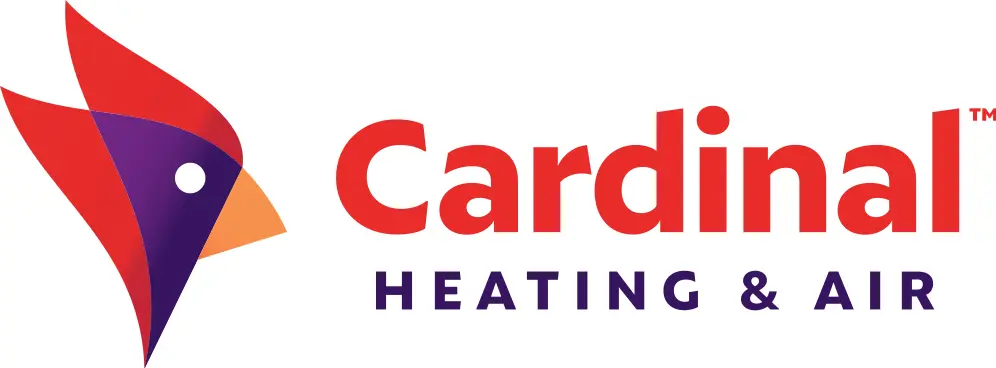In spite of the certainty of winter, most homeowners fail to take measures to save on heating bills. As such, the approach of the cold season brings a chill to most people due to the burden placed by rising heating costs. In a typical home, HVAC accounts for more than half of the energy use. Nevertheless, there are a few tips that could help one reduce home heating costs.
Cheap Heating Fuel
Fuel prices are constantly fluctuating, and they also vary across regions. Natural gas is usually cheaper than heating oil, propane and electricity. Though switching to a gas heater could be expensive, the cost can be recouped in less than seven years if a water heater is included.
Another cheaper option would be geothermal heat pumps. These utilize the Earth’s persistent temperature to heat and cool. Such equipment qualifies for a federal tax credit equal to 30% of the purchase price.
Ductwork
Unless the ductwork shows symptoms of vermin, mold or dust, cleaning the ducts doesn’t typically improve the air quality or efficiency of a home. Duct sealing is what works; about 25-40% of conditioned air is lost via leaking ducts. One needs to hire a professional to seal their ductwork. If done properly, one could save up to hundreds of dollars on their annual energy expenses.
HVAC Servicing
A domestic HVAC unit needs annual maintenance, ideally before winter and summer when the equipment is in constant use. The best way to ensure that the unit is maintained properly is to enter into a service contract. This saves one the hassle of having to schedule maintenance appointments. If the unit is a forced-air system, changing the filters a few times through the winter could help it run efficiently.
Insulation
To know whether the house has sufficient insulation, one needs to go into their attic with a ruler. The recommended thresholds are 11 inches for rock wool and fiberglass and 8 inches for cellulose insulation. This applies for the floor as well.
Before the insulation is laid, all openings on the floor need to be sealed. This includes those around electrical boxes and plumbing vents. This prevents the stack effect, where heated air escapes via the attic and is replaced with cold air from beneath.
Thermostat Setting
Since central heating became widespread, the average temperature for occupied indoor areas is about 70° F. To enhance efficiency, this should be a couple of degrees lower. This not only saves on energy bills, but also helps in maintaining healthy body weight.
Using some of these strategies, one can save a substantial amount on their energy bill. If possible, adopting all measures could save about 50% of the heating cost. Follow us for more articles that keep your HVAC system running efficiently and saving you money.

